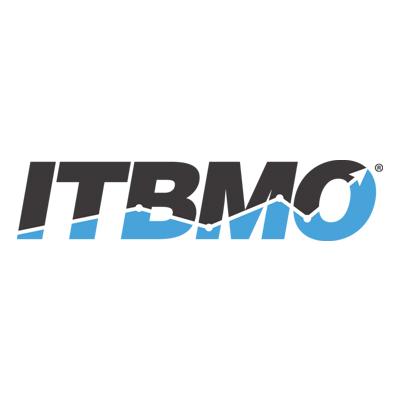Understanding the Importance of Financial Management in ITIL

Managing finances within IT services is a key part of ensuring that organizations can deliver value to customers while keeping costs under control. As businesses grow and their technology infrastructure becomes more complex, the need for structured financial management practices becomes even more essential. By carefully planning, tracking, and optimizing costs, companies can make better decisions about where to invest their resources and how to maintain efficiency.
One of the most effective frameworks for aligning financial management with IT operations is ITIL. It provides a structured approach to managing IT services, including the financial aspects that support those services. Using an ITIL financial management solution helps organizations accurately forecast expenses, allocate budgets, and measure the return on investment for technology initiatives. This process ensures that decision-makers have a clear understanding of the financial impact of IT activities.
In addition to budgeting, ITIL’s financial management practices include cost modeling, demand forecasting, and service valuation. Cost modeling enables IT teams to understand how much it costs to deliver a service from end to end. Demand forecasting allows them to anticipate changes in resource requirements based on business trends. Together, these practices create a transparent view of IT spending, making it easier to justify budgets to stakeholders.
Another benefit of adopting an ITIL financial management system is improved accountability. When financial data is tracked consistently, it becomes easier to identify areas of overspending, optimize underutilized resources, and prevent unnecessary costs. This visibility helps businesses make strategic decisions that balance cost efficiency with the quality of IT services delivered to end users.
As digital transformation continues to drive innovation, organizations must be proactive in managing IT costs. Without a structured approach, spending can quickly spiral out of control, leading to inefficiencies and budget overruns. ITIL provides the framework needed to establish clear processes, set measurable goals, and continuously improve financial performance.
By implementing best practices in IT financial management, businesses can align their technology strategy with overall organizational objectives. This creates a stronger connection between IT and business outcomes, ensuring that every dollar spent contributes to delivering value.
At the end of the day, successful IT financial management is about more than just cutting costs — it’s about using resources wisely to achieve long-term growth. For organizations looking to strengthen their IT financial practices, ITBMO offers expert guidance and tools to help make the transition smoother and more effective.
- Art
- Causes
- Crafts
- Dance
- Drinks
- Film
- Fitness
- Food
- Juegos
- Gardening
- Health
- Home
- Literature
- Music
- Networking
- Other
- Party
- Religion
- Shopping
- Sports
- Theater
- Wellness



